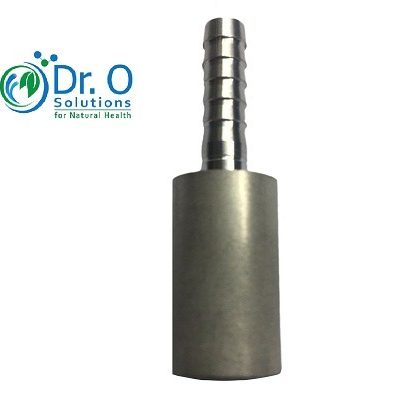For international order please make sure your Cr Card can support international transection!
Water ozonation is a process that involves the use of ozone gas to disinfect or purify water. Ozone (O3) is a highly reactive gas made up of three oxygen atoms, and it is a powerful oxidant and disinfectant. When ozone gas is introduced to water, it reacts with various contaminants, including bacteria, viruses, and organic compounds, to break them down and destroy them.
The process of water ozonation typically involves the use of an ozone generator, which produces ozone gas by passing an electrical current through oxygen or air. The ozone gas is then injected into the water, either as a gas or as a dissolved gas, depending on the specific application.
Water ozonation is commonly used in municipal water treatment plants, swimming pools, and spas, as well as in industrial applications such as food and beverage processing, and wastewater treatment. It can be effective in removing a wide range of contaminants from water, including pathogens, organic compounds, and chemicals such as pesticides and pharmaceuticals.
In addition to its disinfectant properties, waters ozonation has several other benefits. It can improve the taste and odor of water, as well as its color and clarity. It can also reduce the need for traditional chemical disinfectants such as chlorine, which can be harmful to the environment and cause health problems in some individuals.
However, it’s important to note that water ozonation is not a foolproof method of water treatment, and it may not be effective against all contaminants. Proper maintenance and monitoring of ozonation systems are necessary to ensure their effectiveness and safety.


These products are not intended to diagnose, treat, cure or prevent any disease. This web site is for educational and research purposes only. It is not intended as a substitute for the diagnosis, treatment and advice of a qualified licensed professional.